Source: Reprinted with permission from Coderising (ID: coderising)
Author: Liu Xin
In 1989, a magical high-tech house appeared on the streets of Tokyo, Japan. It could think independently, perceive its environment, and take action.

This house was equipped with thousands of sensors, constantly measuring temperature, humidity, air pressure, wind speed, wind direction, rainfall, and light intensity. Therefore, it would automatically turn on lights, open windows to let in a pleasant breeze, or close windows and turn on the air conditioning.
It would automatically water plants, flush toilets, turn on faucets, and dry your hands.
It could even analyze urine and record the information in a personal health database.
……
The smart home we often talk about today was already realized in this smart house over 30 years ago!
This is the TRON Intelligent House, a concentrated demonstration of Japan’s TRON (Real-Time Operating System Core) by the industrial and academic circles.
Behind TRON is Japan’s ambitious attempt to break free from the standards dominated by American companies like IBM, Microsoft, and Intel, and to independently develop its IT industry.
As expected, this attempt was decisively crushed by the Americans.
1
The IT industry has two towering mountains: one is the operating system, and the other is the chip.

At the peaks of these two mountains are American companies: IBM, Microsoft, Intel, Apple… They control the most important technological standards and firmly hold the entire IT ecosystem.
Just like today’s China, at that time, the Japanese computer industry was also following and imitating the United States, constantly copying.
After the rapid development of the 1960s and 70s, Japan’s economy had risen to the second in the world and reached a turning point, wanting to transform from a follower to a leader.
In 1984, Professor Ken Sakamura from the University of Tokyo proposed TRON.
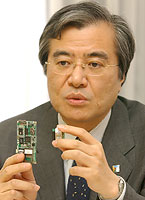
The core idea of TRON is “ubiquitous computing“, which, compared to traditional desktop computing, allows computing to occur at any time, using any device, in any location, and in any format.
In “ubiquitous computing”, computers can exist in various forms, such as personal computers, mobile phones, rice cookers, coffee pots, refrigerators, washing machines, video recorders, and even a pair of glasses.
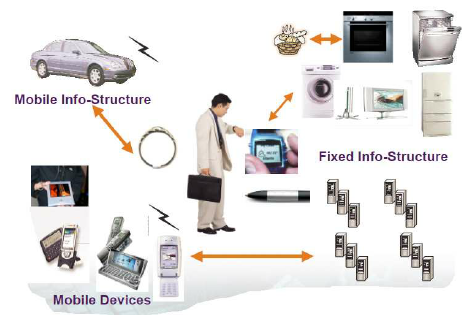
The brilliance of TRON lies in the fact that it is the world’s first complete, integrated software and hardware computer architecture specification.
Of course, a single TRON cannot handle all devices; it defines different architectures for different scenarios.
ITRON (Industrial TRON): Mainly used for embedded systems
BTRON (Business TRON): Used for personal computers, workstations, PDAs, and other devices
CTRON (Central and Communication TRON): Used for large computers and network communication devices
If everyone used TRON, it could indeed unify different computer systems and create a “powerful distributed system”, becoming a social infrastructure like the power grid or water supply system.
Japanese companies were also ambitious, gearing up to seize the high ground occupied by Americans.
Hitachi, Fujitsu, and Mitsubishi Electric each invested 100 researchers to develop computer chips based on TRON specifications, hoping to capture 25% of the 32-bit microprocessor market by 2000.
The TRON-based operating system would compete with Unix and MS-DOS (at that time, Windows was not yet popular).
Sakamura confidently stated, “Japan is an economic superpower and must play a role; heavyweight competitors must be ready to compete for the championship title.”
2
Among the different scenarios defined by TRON, BTRON, which consumers can directly perceive, is the most eye-catching.
In 1989, Japanese electronics giant Panasonic launched the BTRON PC, which shocked the industry with its advanced features.
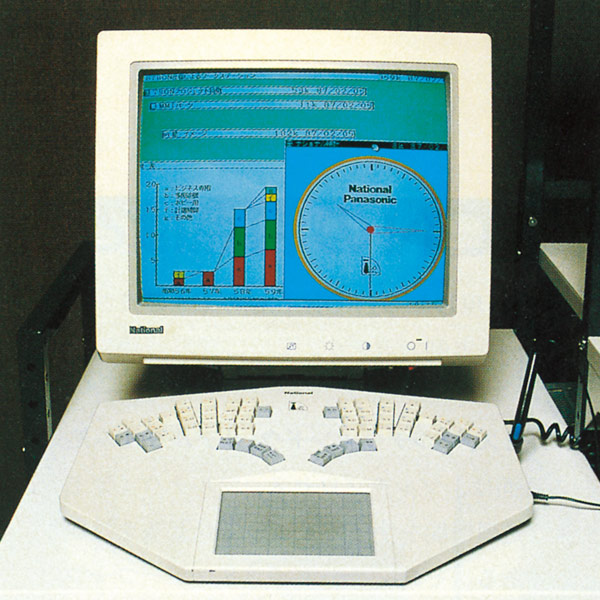
The BTRON PC had an 80286 Intel chip running at 8 MHz and only 2 MB of memory, but it could display color moving video in separate windows.
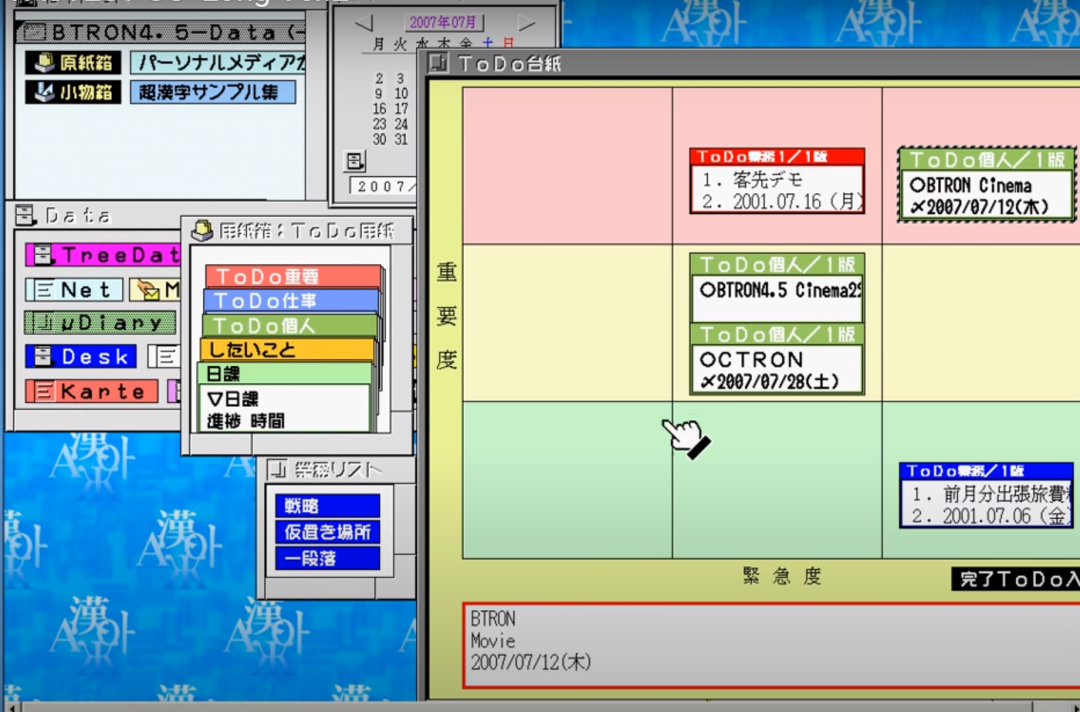
More importantly, the TRON architecture is open; both hardware and software can be publicly accessed, with membership fees to the TRON Association ranging from $4,600 to $23,000.
This is unlike Microsoft’s operating system, which is not only closed-source but also quite expensive.
At that time, PCs produced by NEC were the market leaders, running Microsoft’s operating system.
Microsoft saw this as a serious threat; TRON was aiming to take away its market share, so it quickly lobbied in Washington: some people in the Japanese government were supporting nationalist practices, which could lead to serious consequences…
At this time, Japan’s economy was at its peak, and many Japanese products, known for their excellent quality and low prices, overwhelmed American companies. American workers were very angry with Japanese companies, openly smashing Japanese cars and audio products.


The last straw came quickly.
The Japanese education department required that the 700,000 computers in schools nationwide must use the TRON system.
This seemingly small action by Japan alerted the Americans: if the education system used TRON, it could then expand into the commercial sector and other markets, disrupting our American software and hardware standards, “what malicious intent!”
In 1989, the American software industry organization ADAPSO issued a report with a simple and blunt conclusion: TRON “has strong nationalist overtones and will hinder foreign companies from entering the Japanese market.”
The American government quickly intervened, claiming this was market interference and threatening to impose sanctions.
Japanese broadcasting companies continuously aired images of angry American workers smashing Japanese televisions and cars, causing panic among Japanese government and business leaders, worried that access to their most important export market would be restricted.
In the end, Japan yielded and abandoned the plan to introduce TRON into schools. Almost all Japanese companies involved in BTRON-related activities canceled their projects, and BTRON became history.
Japan’s assault on the IT peak was crushed by the United States.
3
With BTRON aimed at PCs being crushed, the Japanese turned their attention to embedded ITRON.
Japanese electronic products are very famous, such as digital cameras, camcorders, rice cookers, air conditioners, fax machines, karaoke machines, microwave ovens, printers, telephones, and automotive engine controllers.
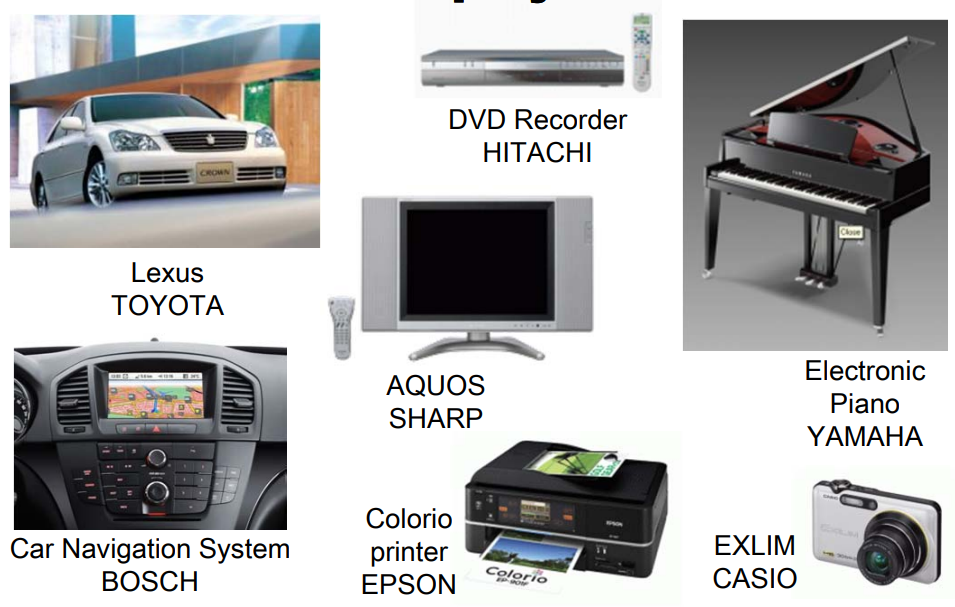
All these products require an embedded operating system. Writing a separate operating system for each device is not only cumbersome and time-consuming but also prone to errors.
The ITRON specification is a standard real-time operating system kernel that can be customized for any embedded system, perfectly matching the needs of these electronic products, and thus was ported to various microprocessor architectures, quickly becoming the de facto standard for embedded systems in Japan.
Japan’s “pure” software industry is not very developed, but embedded systems are very strong, which may be part of the reason.
The end of the article. If you find it interesting, please click “Read” or “Like“!
Author Liu Xin, author of the bestselling book “Coderising” and “Half-Hour Comic Computer”, former IBM architect, has led multiple enterprise application architecture design and development projects; insightful about the essence of technology, adept at explaining complex technologies through stories.

1. AI resurrects the deceased, testifies in court, and the judge surprisingly accepts it, shocking the entire internet! Controversy continues…
2. A historic first! o3 finds a zero-day vulnerability in the Linux kernel, combing through 12,000 lines of code 100 times without needing any tools.
3. Microsoft’s AI publicly torments Microsoft employees, the only contribution to fixing bugs is changing the PR title, the GitHub comments section becomes a gossip scene.
4. Interview questions for security guards stump programmers.
5. A certain software has a vulnerability; please set a password immediately.
